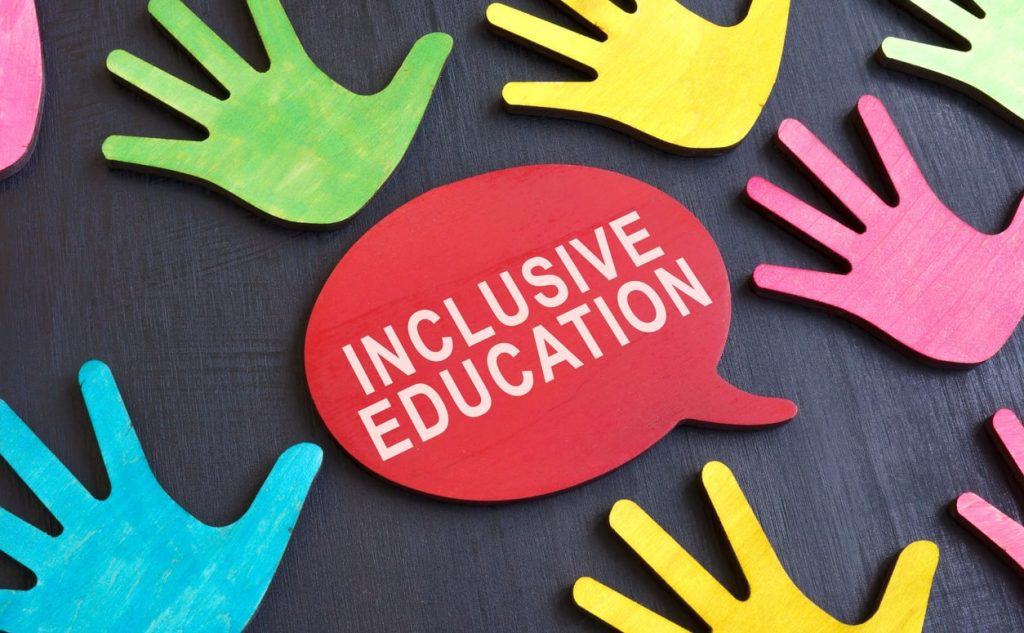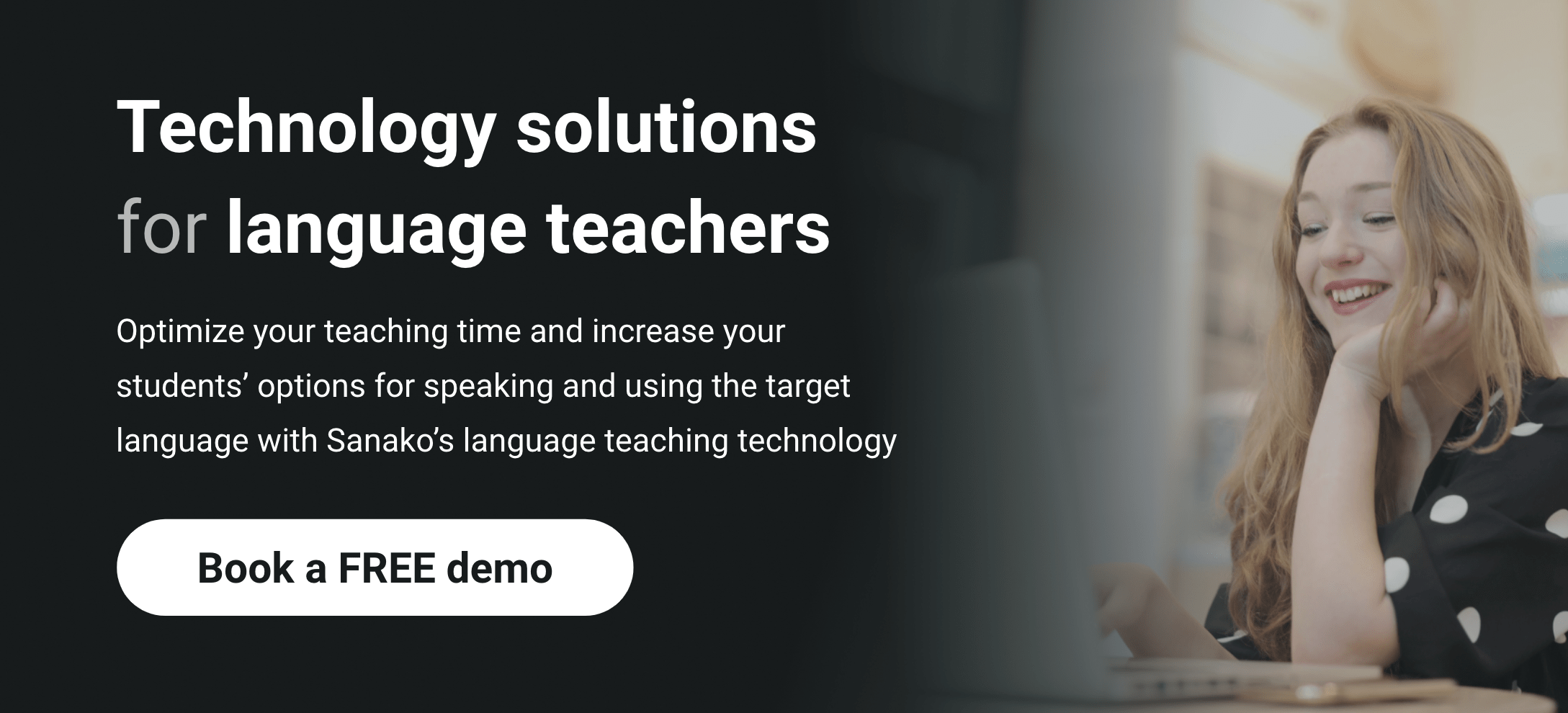As every language educator will be well aware each classroom and each student is different. All learners flourish in response to a carefully tailored teaching approach that is specifically suited to their needs and requirements. This is particularly true of students with learning disabilities or special educational needs (“SEN”). The problems they face in their native language will still be present, or may even be magnified, when learning a new foreign language. These can adversely affect their ability to acquire language-based skills such as listening, reading, spelling and writing.
This blog post aims to help language educators wrestling with these challenges. Appreciating that the degree of difficulty a student experiences will depend on the nature and severity of their condition, there are a number of steps that educators can take to create a fully inclusive classroom environment for students with learning disabilities. We hope that the below provide some support and inspiration.
Types of learning difficulties in language learning
Broadly speaking, speech and language disabilities fall into two main categories. A learner may have difficulty with speaking or writing – these are expressive language difficulties. Or learners may have challenges with understanding language, which is known as a receptive language difficulty.
In either case, students may have physical barriers to learning but might also suffer from so-called ‘pragmatic language difficulties’. In these cases, learners are able to communicate but cannot understand the messages being passed to them. Some language learners with such challenges also struggle to learn and recall vocabulary, express their thoughts and feelings and / or find it difficult to interact with other learners. It is therefore vital to take the time to understand the problems the student is facing and the need that the learner is trying to express.
Expressive language difficulties
Some learners may have problems making the muscular movement necessary to form words with their mouths or their hands – these are common types of expressive language difficulties.
They may also be unable to produce certain words or sounds making it difficult to understand what they are trying to communicate. Furthermore, such difficulties make it difficult for them to put words or events in the right order and grammatical rules / structures may be difficult for them to follow.
Receptive language difficulties
Other students experience difficulties with how they are able to hear and process language – this directly impacts on their ability to understand what is being said / written and respond accordingly. Learners affected by receptive language challenges typically also struggle to understand many of the non-verbal cues involved in language and sometimes take words and phrases too literally.
Language teaching strategies for students with learning disabilities
Educators will find six specific ideas to use and implement in their classrooms below, but there are some general guidelines to follow when working with learners who have expressive or receptive language difficulties. Perhaps the most important is to see the learner and not the difficulty – get to know them, understand what makes them tick and what their passions and interests are. After that, ensure that all of your other learners buy into an inclusive classroom ethos. That’s one where students help and support each other to achieve everyone’s learning goals. Finally try and build in as many activities as possible that develop empathy and understanding – getting students to ask each other questions to know each other better is a great way to do this!
1. Be flexible
Students with learning difficulties may need more help and support than others in their class. Where possible, help them by creating the learning environment they need to succeed. This might mean giving them extra time to communicate their answers or running extra individual / small group sessions to master key concepts. Students with dyslexia may also wish to record or photograph the lesson content on their phone, given the challenges they may face in taking notes.
Alternatively, learners might need you to provide additional resources to support guardians with learning at home. Running lessons in classrooms with specific resources, furniture or equipment may also be needed. As always, ask the learner and those around them (parents, carers and friends) to be clear about what they need and how you can best support them.
2. Make language learning multisensory
When teaching language students with learning difficulties, try to use as wide a variety of input and output approaches as possible – make the lesson material relevant for visual, auditory, tactile and kinesthetic learners. Simple visual aids can also be highly effective, including picture clues to illustrate new words or hand / mouth movements to communicate sound / noises.
The British Council also emphasise the role of “multisensory activities like clapping and stomping out syllables in new vocabulary or colour-coding the different groups of phonemes. Rhyming bingo and card games where the learner can match the same sounds can be really helpful.”
But be careful not to overload or overstimulate learners with too much information in one go. When teaching new sounds or words, it’s most effective to teach one or two at a time and encourage students to imitate the mouth or letter shape if they are able. Similarly take the time to divide lessons into digestible bite-size chunks with slower learning steps to ensure that everyone can keep up.
3. Communication is key
It’s vital to ensure that you only use clear and positive classroom language. Prioritise what you want students to do and not what you don’t want them to do. This helps avoid confusion and keeps your expectations front of mind. Linked to this, keep your instructions clear, concise and try to ensure that they follow on from each other in an obvious progression.
4. Repeat and repeat
It’s important to try and provide learners with more than one opportunity to both grasp a concept and to demonstrate that they have understood it. As part of this, give students time to develop, practice and use mnemonics or songs to build memory and fluency. Both can be powerfully paired with a recap of what’s been taught at the end of each lesson and at the beginning of the next.
There is also opportunity for pair work to help weaker students to make progress. Team them with a stronger student to practice and reinforce concepts. Both students can grow and develop their skills as a result!
5. Be well-organised
All students need a clear understanding of expected progress and the overall direction of learning, but this is absolutely key for students with learning difficulties. Ensure that students start by understanding the words, phrases and sounds that they will encounter most frequently and that they progress from simple concepts to more complicated ones. This helps build confidence and momentum in their learning.
Also provide a clear overview of the material you intend to teach in every lesson / week. Provide them (in an accessible format) with a study guide and / or learning resources that they can access and learn from.
6. Focus on fluency
It is key to support progress and encourage learners with speech and language difficulties to exceed expectations. Try not to highlight incorrect words, phrases or grammar but rather celebrate what they have been able to communicate and then model the correct version in your response. Building their fluency (and by extension their confidence) is far more important than accuracy for this group of learners.
As David Wilson of Specialeducationalneeds.com comments:
“Like their non-SEN peers, students with SEN will only reach their full potential if they are given the opportunity to move outside their comfort zone and to learn new skills.
We at Sanako firmly believe that language learning classes and educators are uniquely able to offer exactly that challenge and educational technology can be a huge help to achieve this goal. We’re committed to helping language learners to reach their full potential. And are focused on developing software tools that enable educators to better support them in their learning.
Contact us today for a free demo or a product trial and we’ll show you how our software tools for language educators can make your language teaching classroom more inclusive for all learners.

